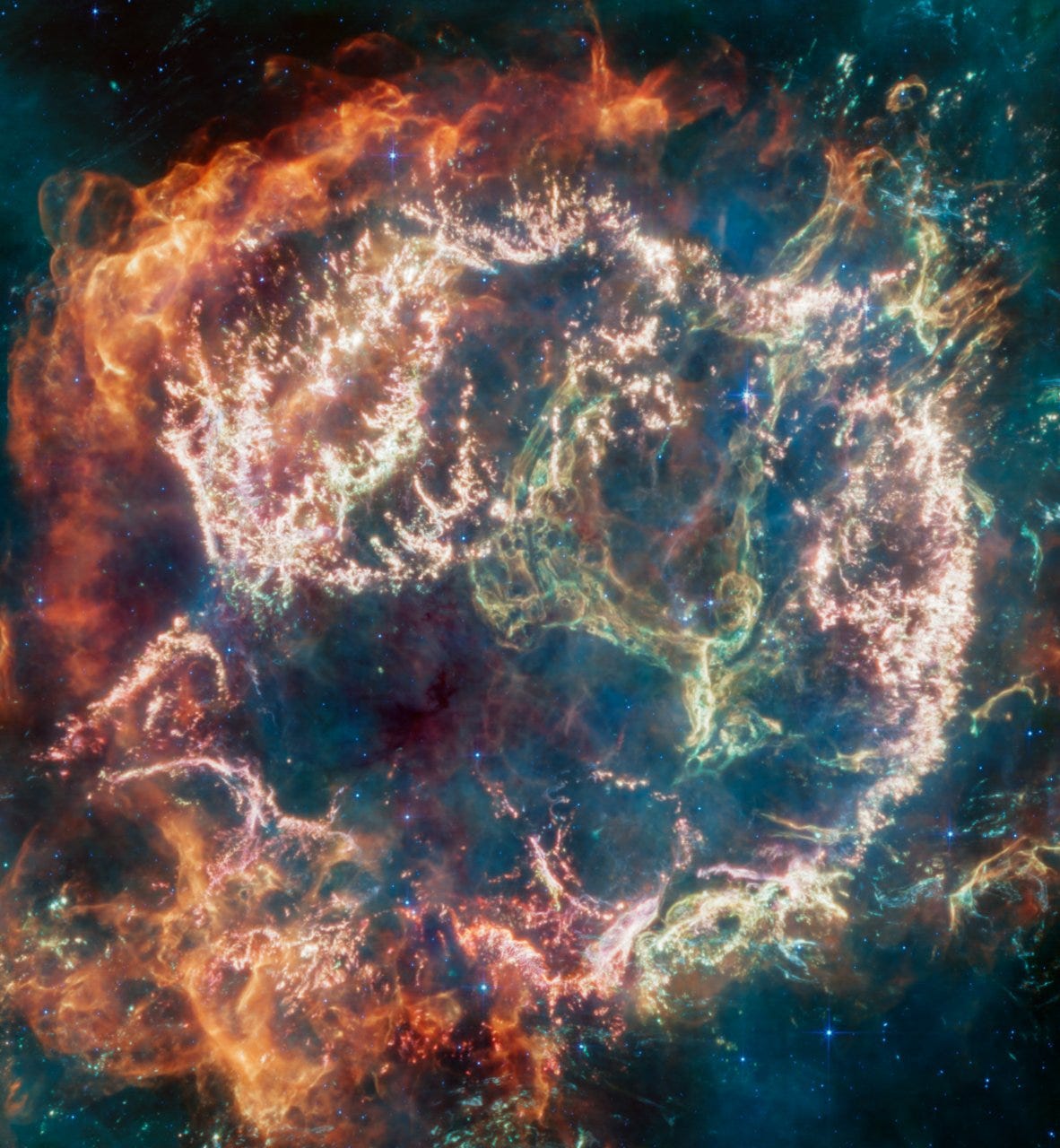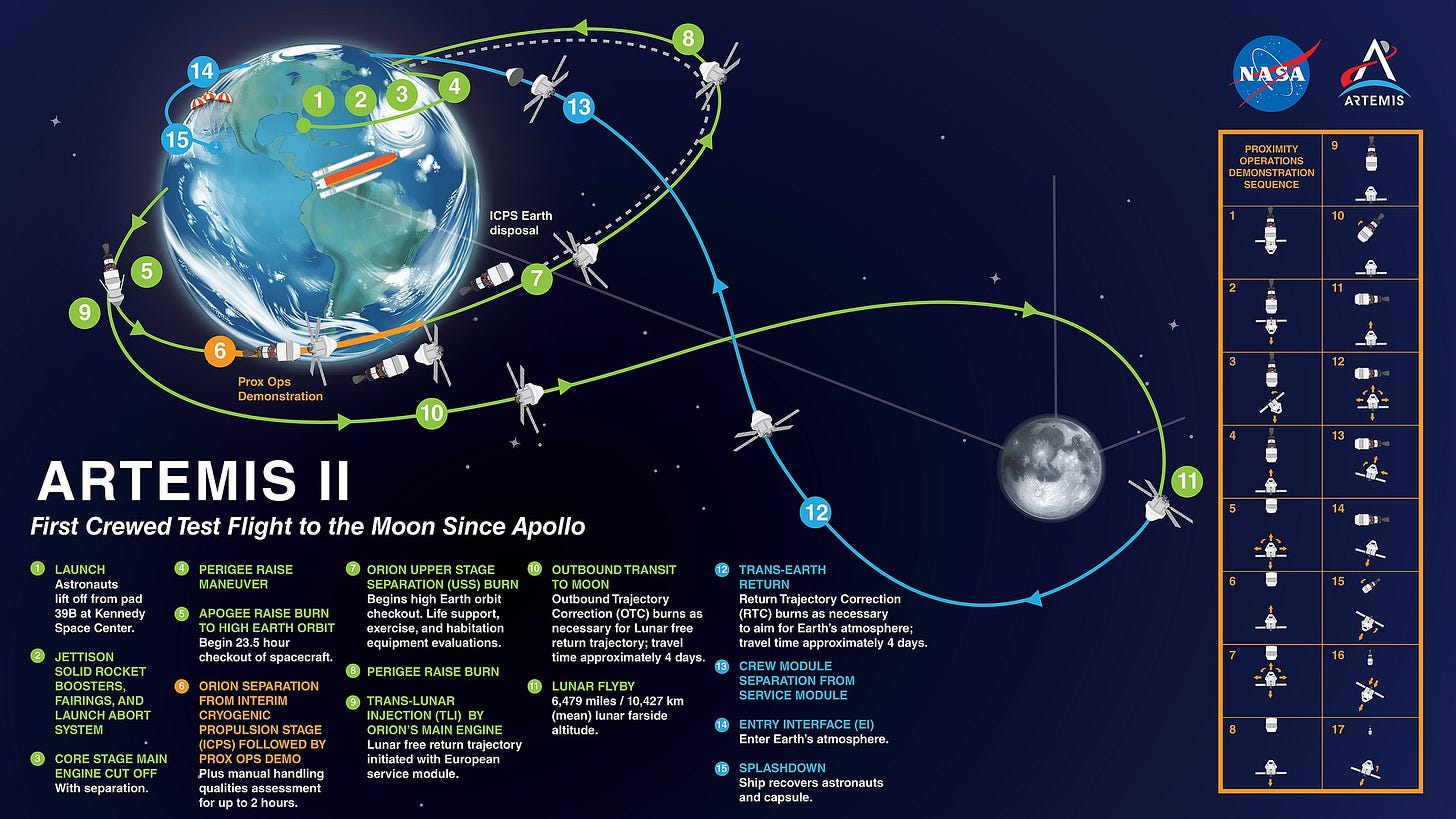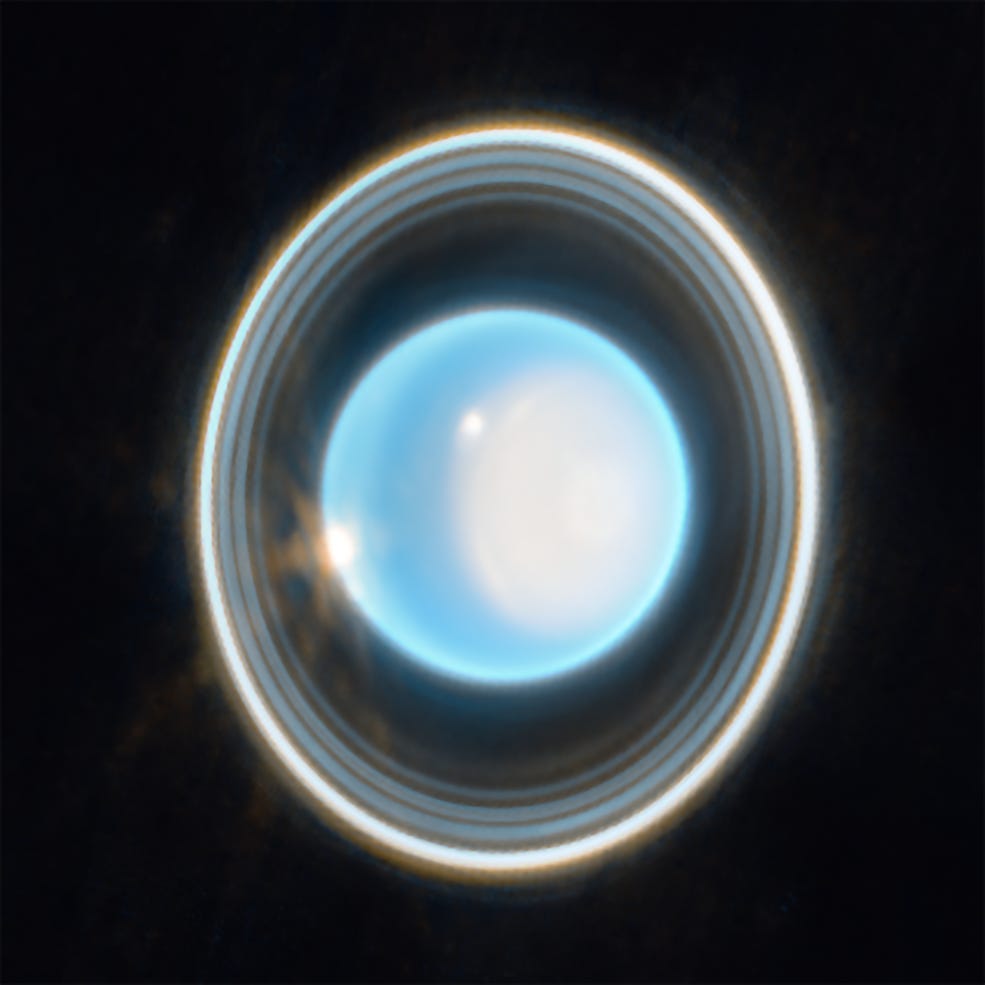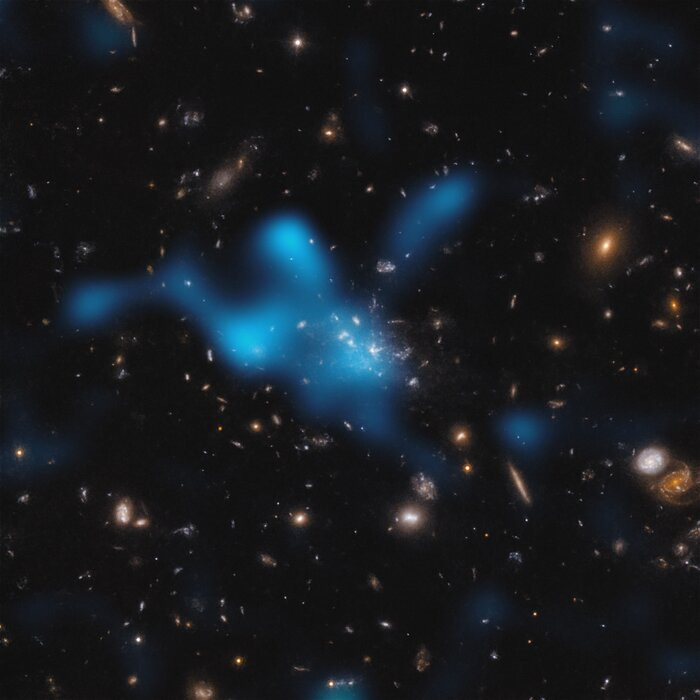Kosmosest Newsletter #10: Your Space Briefing
Happy Sunday, and happy Easter to those who celebrate!
Today’s newsletter includes a brief selection of cosmic news, plus potential new wallpapers for you 🌌
Crew announced for the Artemis II lunar mission (scheduled 2024)
Artemis is a series of missions that aim to land humans on the Moon again. Paving the way for a lunar landing, NASA and the Canadian Space Agency (CSA) plan a flyby mission with a crew of four onboard in 2024 at the earliest.
Artemis I
Launched in November 2022, Artemis I was the successful demonstration of the NASA Space Launch System (SLS) rocket and the Orion spacecraft. Orion consists of a space capsule (Crew Module), and the European Service Module that will carry a crew to space, sustain the crew during space travel, provide emergency functions, and ensure safe re-entry.
The Orion spacecraft performed a flyby of the Moon with no crew onboard, and propelled itself almost half a million km from Earth. The duration of the mission was 25 days.
Artemis II
Next in store is a similar journey with the crew onboard, comprising NASA astronauts Reid Wiseman, Victor Glover, and Christina Hammock Koch, and CSA astronaut Jeremy Hansen. The astronauts will lift off on the approximately 10-day mission from Launch Complex 39B at NASA's Kennedy Space Center in Florida.
The reason behind not landing on the lunar surface just yet is to monitor the new technologies with people onboard before a more elaborate mission; especially validating the Orion spacecraft’s life-support systems. A test flight was made with mannequin torsos as passengers as part of Artemis I, but I guess NASA and partners want to be as precautious as possible. And that’s fair, there were many technical issues before the first successful Apollo missions. Tragically, a fire in the cabin killed all three crew members during a launch rehearsal test in 1967 (Apollo 1).
Photo news
Dramatic rings of the distant planet Uranus
Uranus: the seventh planet from the Sun, and the source of endless eye roll-worthy headlines (so many butt jokes). The faint dusty rings of Uranus have only ever been imaged by the Voyager 2 spacecraft as it flew past the planet in 1986, and the ground based Keck Observatory with advanced adaptive optics (a method that corrects in real-time for the distortion caused by the turbulence of the Earth's atmosphere). The JWST image released in early April reveals 11 delicate rings (some of them blend together in the image).
Read more at esa.int
The fireworks of a supernova remnant

via nasa.gov:
The explosion of a star is a dramatic event, but the remains the star leaves behind can be even more dramatic. A new mid-infrared image from NASA’s James Webb Space Telescope provides one stunning example. It shows the supernova remnant Cassiopeia A (Cas A), created by a stellar explosion 340 years ago from Earth’s perspective.. Cas A is the youngest known remnant from an exploding, massive star in our galaxy, which makes it a unique opportunity to learn more about how such supernovae occur.
Astronomers witness the birth of a very distant cluster of galaxies from the early Universe
Via eso.org:
Using the Atacama Large Millimeter/submillimeter Array (ALMA), of which ESO is a partner, astronomers have discovered a large reservoir of hot gas in the still-forming galaxy cluster around the Spiderweb galaxy — the most distant detection of such hot gas yet. Galaxy clusters are some of the largest objects known in the Universe and this result, published today in Nature, further reveals just how early these structures begin to form.
Thanks for reading!
If you’d like to read more or recall how NASA's powerful rocket, Space Launch System, or SLS compares to earlier generations of the agency’s launch vehicles, see Kosmosest #3.
In case you missed it, the previous newsletter focused on the mission that nudged an asteroid (DART) and its results.
If you enjoy the newsletter, you can support by:







